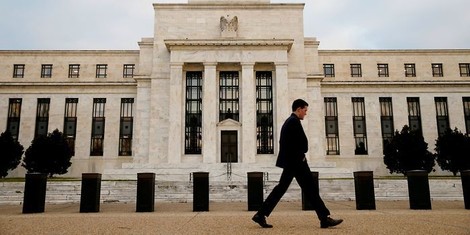Your podcast discovery platform
Curious minds select the most fascinating podcasts from around the world. Discover hand-piqd audio recommendations on your favorite topics.

piqer for: Boom and bust Global finds
German economist with a sense of humor, not just relative to accountants. Chief economist at the London-based Centre for European Reform (CER), recently brexited to Berlin. Former fellow at The Economist, economics PhD at Stockholm University in Sweden. Christian covers European economics and integration and has, as a former Londoner, a pathological interest in the economics of real estate.
The Problem With Zero Interest Rates
This is a great explainer by Greg Ip of a very complex problem in economics: the ability of central banks – like the Federal Reserve (Fed) or the European Central Bank (ECB) – to simulate the economy by cutting interest rates when we are getting closer and closer to zero.
One of the important puzzles is why negative interest rates should be different from positive rates. In theory, there should not be much of a difference. After all, it is the interest rate after inflation that really matters, and that real rate has often been negative in the past. And yet, there seems to be a difference, and it might have to do with banks.
Banks make money, in simple terms, out of the difference between interest rates they pay depositors (which are short-term), and the interest rates they charge for loans (which are long-term). If low or negative interest rates squeeze that profit margin, banks may need to cut back on lending rather than expand it. The central bank hits a limit.
This debate is academically still in its infancy and the empirical work that Greg cites is controversial. But it is a very important debate – and constantly makes it into the papers. In Germany, for example, one reads a lot of criticism of the ECB, most vocally from banking associations that attack the central bank for "screwing the savers" (read: undermining our business model). It helps to know what this debate is about.
Stay up to date – with a newsletter from your channel on Boom and bust.
